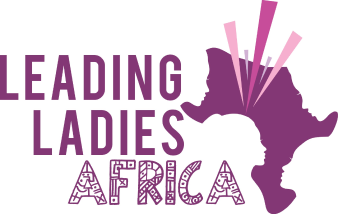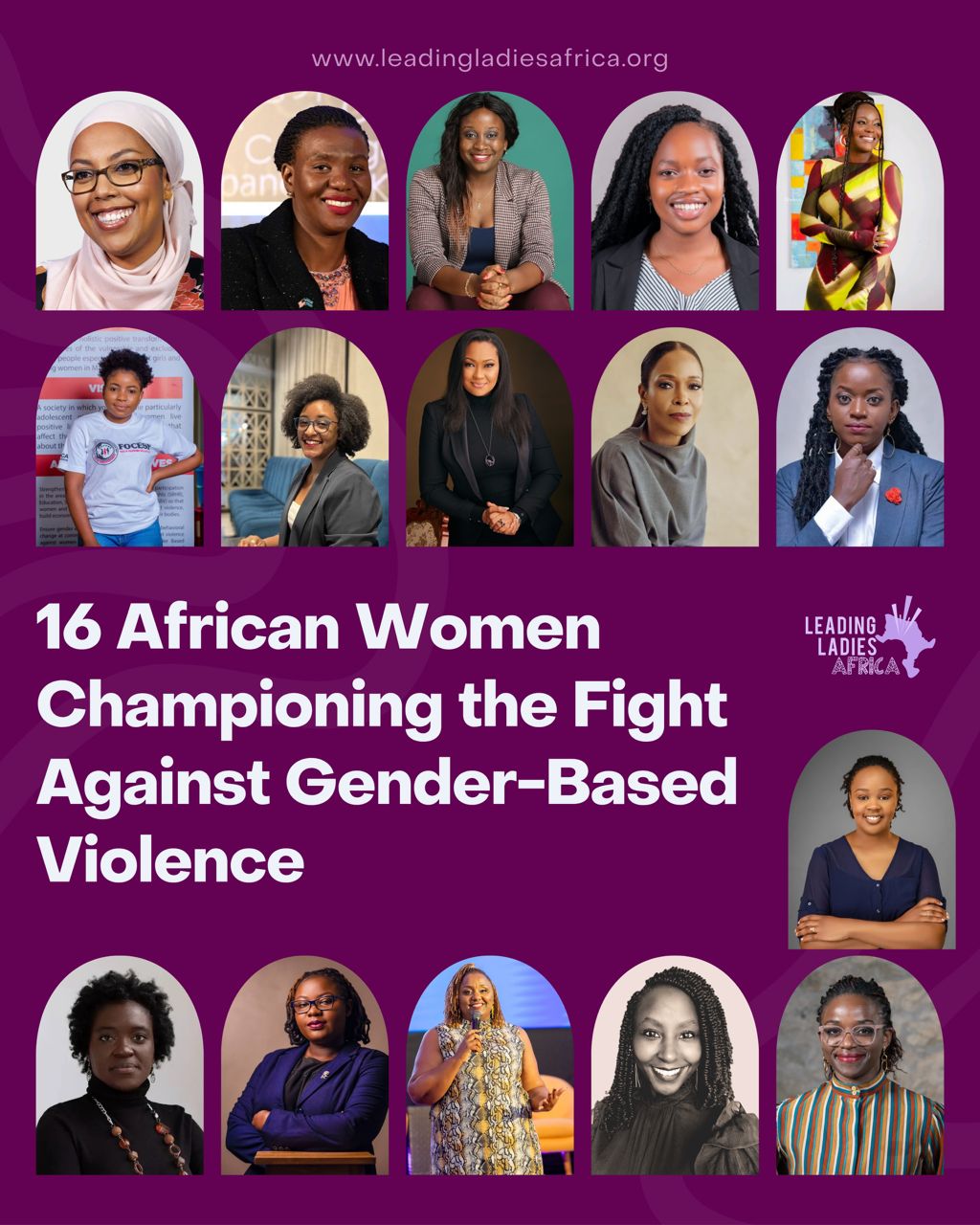According to the law, anyone under 18 is defined as a child or young person. This status and entitlement to services or protection is not changed even if a child or young person is 16 and is living independently, is in further education, is a member of the armed forces, is in hospital or in custody in the secure estate.
Child abuse is a form of maltreatment (cruelty, neglect, violence) of a child or young person. Children can be abused or neglected by inflicting harm on them, or by failing to prevent harm. Children or young people may be abused in a family, an institutional or a community setting by those known to them or by others. Child abuse is a major human right issue affecting millions of children across Africa. Various forms of violence, exploitation, and neglect usually deny children their rights and access to essential services for their growth and development.
In 2021, evidence shows that violence against children is increasing throughout Africa. From Sierra Leone to South Africa, the African Partnership to End Violence against Children (APEVAC) found that rates of physical, sexual and psychological violence against children have grown, largely due to the COVID-19 pandemic and ongoing humanitarian emergencies.
Africa has the highest rates of child neglect in the world, with 41.8 per cent of girls and 39.1 per cent of boys being neglected by their caregivers. Sexual violence against children with disabilities is high in many countries, ranging from two incidents per child in Senegal to four per child in Cameroon. In Nigeria, 66 percent of girls and 58 per cent of boys under 18 witness violence in their home. Sixty-six percent of female girls below 18 years old and fifty-eight percent of male children witness domestic violence. On the other hand, over half of the adolescent students between the ages of thirteen and fifteen in West and Central Africa are harassed in schools.
Also in Nigeria, one in four women report experiencing sexual violence as children. With this report, it shows that violence against children is an alarmingly common form of abuse in Africa and the rate continues to increase yearly. There are lots of cases that are not being reported and these are literally unspeakable justice and because of this, young children in Africa are being subjected to abuse daily.
Forms of Child Abuse
Physical Abuse
Physical abuse involves inflicting physical injury or pain on a child. This encompasses acts such as hitting, beating, kicking, shaking, throwing, poisoning, burning, drowning, female genital mutilation, and other violent actions against children. Physical abuse can lead to both acute injuries as well as lasting health consequences, including brain damage, fractures, bruises, burns, blindness, and even death. The effects of physical abuse can endure long after the violence, through physical disabilities, emotional trauma, and chronic health problems.
Sexual Abuse
Sexual abuse is when a child is used for sexual gratification by an adult or older child. This involves indecent exposure, fondling, rape, defilement, incest, female genital mutilation, child prostitution, child pornography, child trafficking for sexual purposes, and more. Sexual abuse has devastating psychological effects on children, often leading to lasting mental health issues around trust, intimacy, and self-worth. It also increases risks of sexually transmitted infections and adolescent pregnancy.
Emotional Abuse
Emotional abuse refers to harming a child’s emotional, mental, and social development and wellbeing. Tactics encompass rejection, isolation, verbal abuse, humiliation, intimidation, denial of love or affection, inappropriate or excessive criticism, and more.
Emotional abuse impairs a child’s emerging identity and ability to manage emotions. It often co-occurs with other forms of abuse. The cumulative impact of emotional abuse can lead to mental health issues in childhood through to adulthood, including depression, post-traumatic stress disorder, and suicide.
Neglect
Child neglect means failing to meet a child’s basic physical, emotional, medical, educational, and safety needs. Types of neglect include inadequate nutrition, housing, clothing, hygiene, medical care, education, supervision, emotional support, love, or protection from harm. Child neglect prevents children from getting the nurturing foundation and care needed for healthy growth. It can impair cognitive, motor, social, and emotional abilities. In severe cases, neglect can lead to starvation, serious illness, injury, and death.

Statistics and Data on Child Abuse in Africa
- UNICEF estimates over 50% of children in Africa experience some form of physical, emotional, or sexual violence every year.
- In sub-Saharan Africa, nearly 3 in 4 children experience violent discipline by caregivers.
- Africa has the highest percentage of child neglect in the world having 41.8 percent of girls and 39.1 percent of boys.
- According to UNICEF, 125 million women currently in Africa were married before their 18th birthday.
- Female genital mutilation has been inflicted on over 200 million girls and women in Africa that are alive today in 30 different countries of Africa.
Solutions to Violence Against Children
- Improving legislation, enforcement of laws, and justice systems to fully protect children’s human rights. providing support for greater laws against child abuse, which should lead to serious punishment for offenders. Enacting new legislation regularly and revising old laws to deal with new forms of abuse and violence.
- Increasing access to education and vocational training to empower vulnerable children and lower their risk of exploitation.
- Providing better support systems for families at risk to prevent abuse and neglect from taking root.
- Raising widespread public awareness through education campaigns on children’s rights to protection. Creating Awareness via social media, newsletters, newspapers, flyers etc. This should be developed to create awareness for child abuse among parents and community members.
- Increasing funding and resources for social services or NGOs focused on safeguarding children. Strengthening child protection workforce skills in prevention, response, and support across sectors.
- Improving screening and reporting to identify at-risk children and provide early intervention. CCTV Surveillance. A separate department should be formed responsible for checking the children, and CCTVs should be installed at schools, day-care centres, etc. CCTV surveillance can also be done at police stations (if children are arrested).
- Expanding access to medical, legal, psychosocial and recovery support for abused children.
- Engaging with cultural and religious leaders to shift harmful social norms that condone violence against children.
AGENCIES & NGOs in Africa that help and support child abuse victims.
- Teddy Bear Clinic for Abused Children (TTBC) — South Africa
- ANPPCAN — African Network for the Prevention and Protection
- UNICEF (Nigeria, Ethiopia, South Africa, Kenya, Uganda)
- African Partnership to End Violence against Children (APEVAC)
- Childline Kenya
- Child’s Aid organisation Kenya
Conclusion
The widespread and deeply entrenched abuse, neglect, and exploitation of children across Africa necessitates urgent and dedicated action from governments, civil society, families, and communities.
Implementing child-centred solutions and increasing public awareness are key steps to upholding children’s fundamental rights to protection.
The cases of child abuse are increasing in Africa, and they have the highest rate of cases in the world. To tackle this grave concern, some bold steps are required. The governments in different parts of this continent should collaborate and form a strategy to curb this crime on innocent children for the betterment of society.




